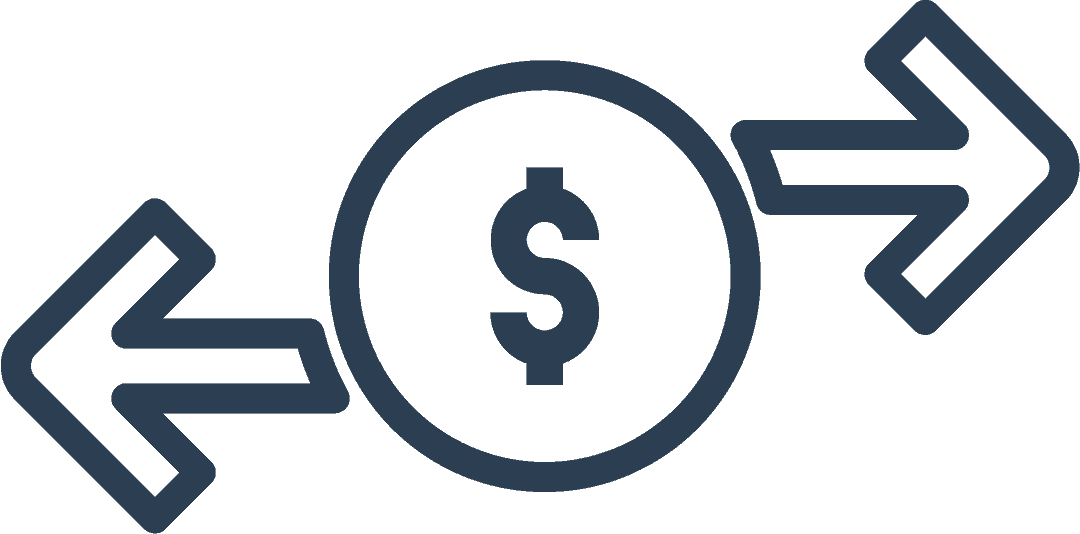Frequently Asked Questions About Financing for New Cars
How do I get 0% interest on a new car loan?
Many companies advertise 0% interest on car loans, but this rate is only applicable to the most qualified borrowers. So to be eligible for this rate you need excellent credit, few other debts, and a high income. It also helps if you have a downpayment to put towards the cost of the car.
Where can I get auto financing for a new car?
Auto financing is available from many different lenders; most people opt for dealer financing when purchasing a new car, for simplicity, but there are other options. Online lenders have competitive rates, and you may also qualify for a car loan from your bank, credit union, or another financial service provider. Always research rates to find the best deal for you.
How long does it take to get auto financing?
That depends on where you go; dealers usually try to bundle the financing arranged through them with the car, so (in theory) it’ll all be in place by the time you’re ready to pick up your new vehicle. Online lenders can also be quick, sometimes even able to offer turnaround in just a few days. Banks and credit unions take a little longer, up to a week or more.
What fees do I have to pay when getting a new car loan?
Fees depend on the lender you go to and the deals you qualify for; many dealerships waive initial fees when setting up a new car loan, simply to get your business. However, always check the small print – on any loan – to fully understand what fees you may be liable for. This includes closing fees and late or early payment penalties.
Can I get new car financing somewhere other than the dealership?
Yes, new car financing is absolutely available outside of your chosen car dealership. Online lenders often have competitive products, so it’s wise to check there even if your dealership is offering to help you, in case you can save money. Banks and credit unions, and other financial providers, also offer auto loans and other types of loan (like personal loans) that can be used towards the cost of a new car.
Can I get a new car loan if I have bad credit?
Having bad credit does not preclude you from qualifying for a car loan for a new car, but you should be aware that it does mean you won’t qualify for the “banner” rates shown on advertising. These rates are reserved for those with high credit scores and high income. That doesn’t mean you can’t qualify though, just that you will end up paying a higher interest rate, or might have to go to a bad credit lender to get approval for a loan if your score is very low.




































